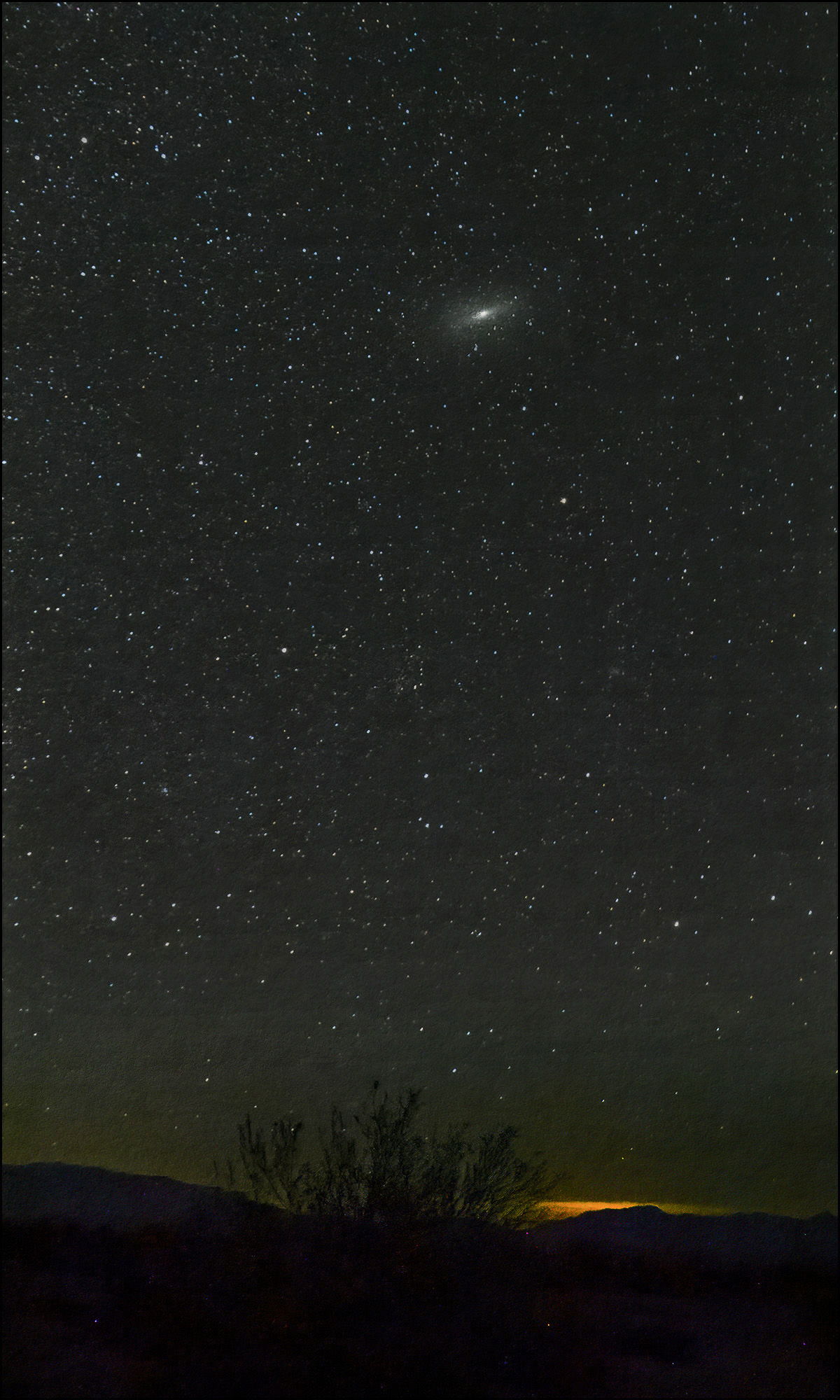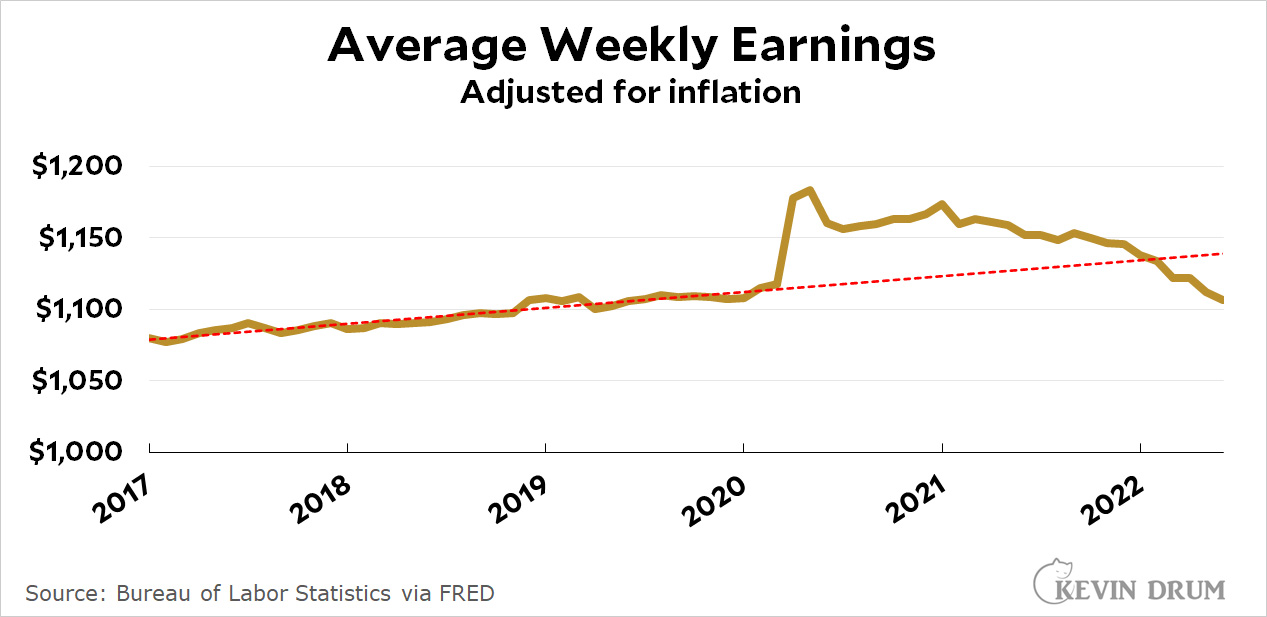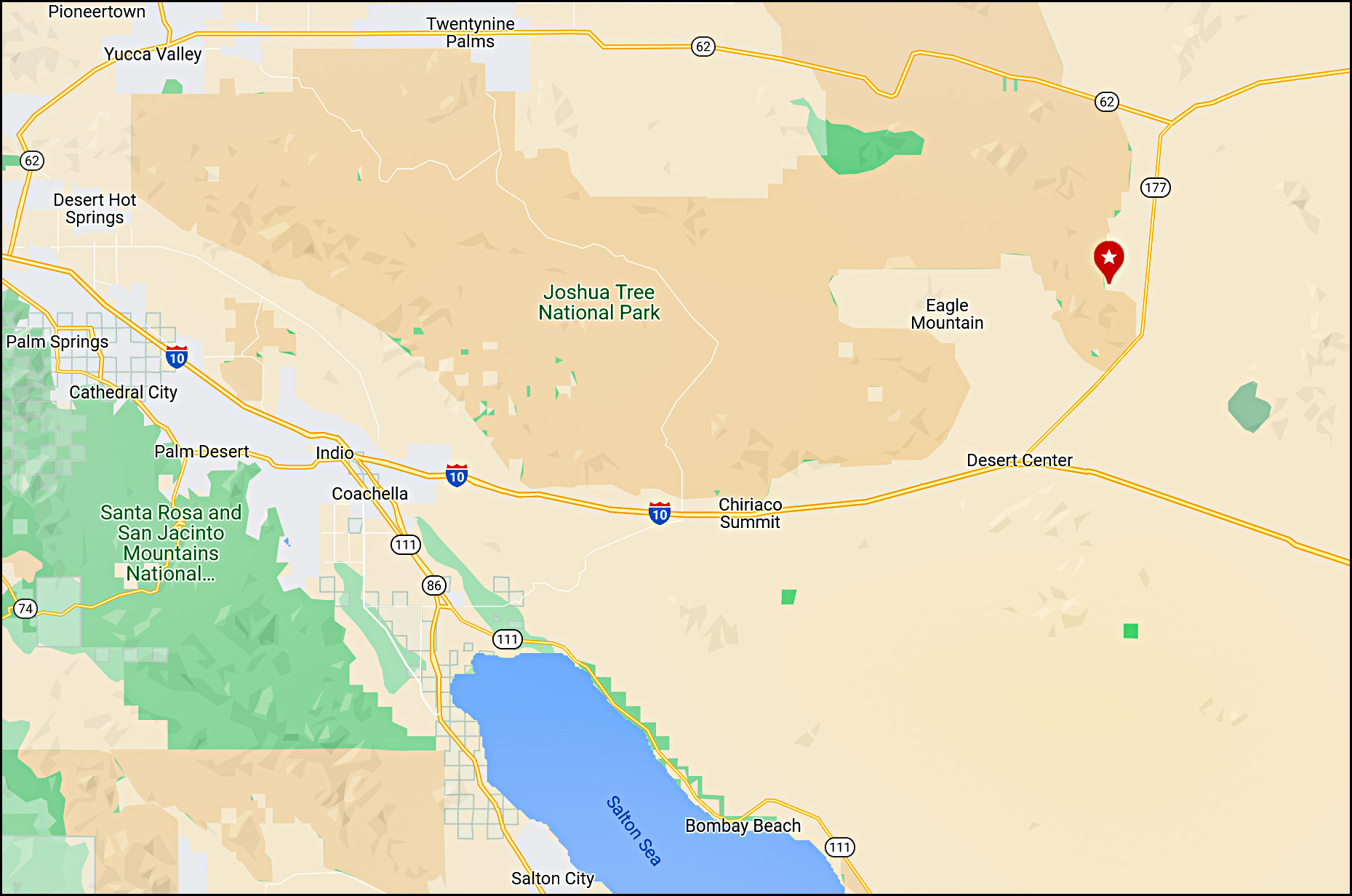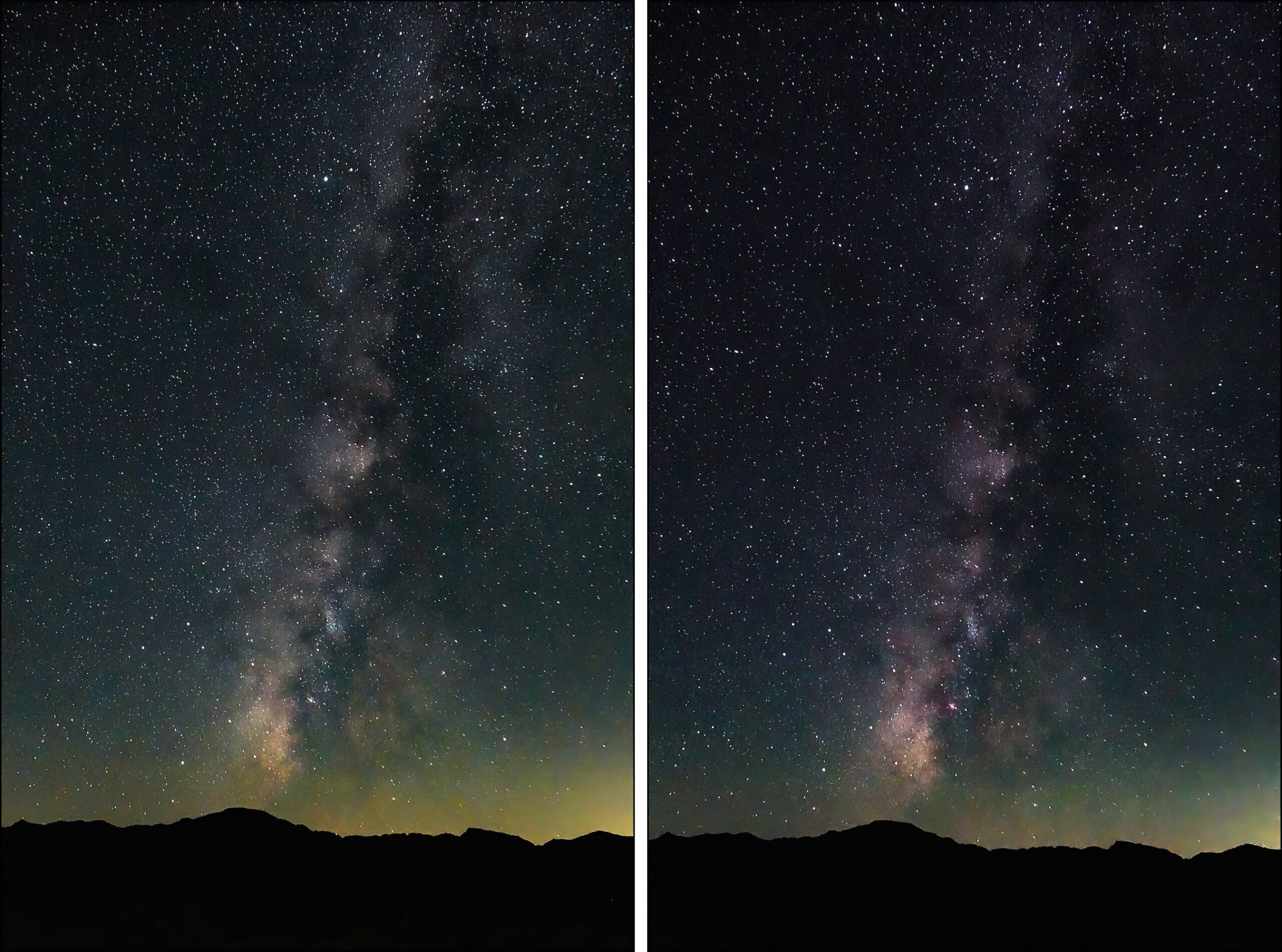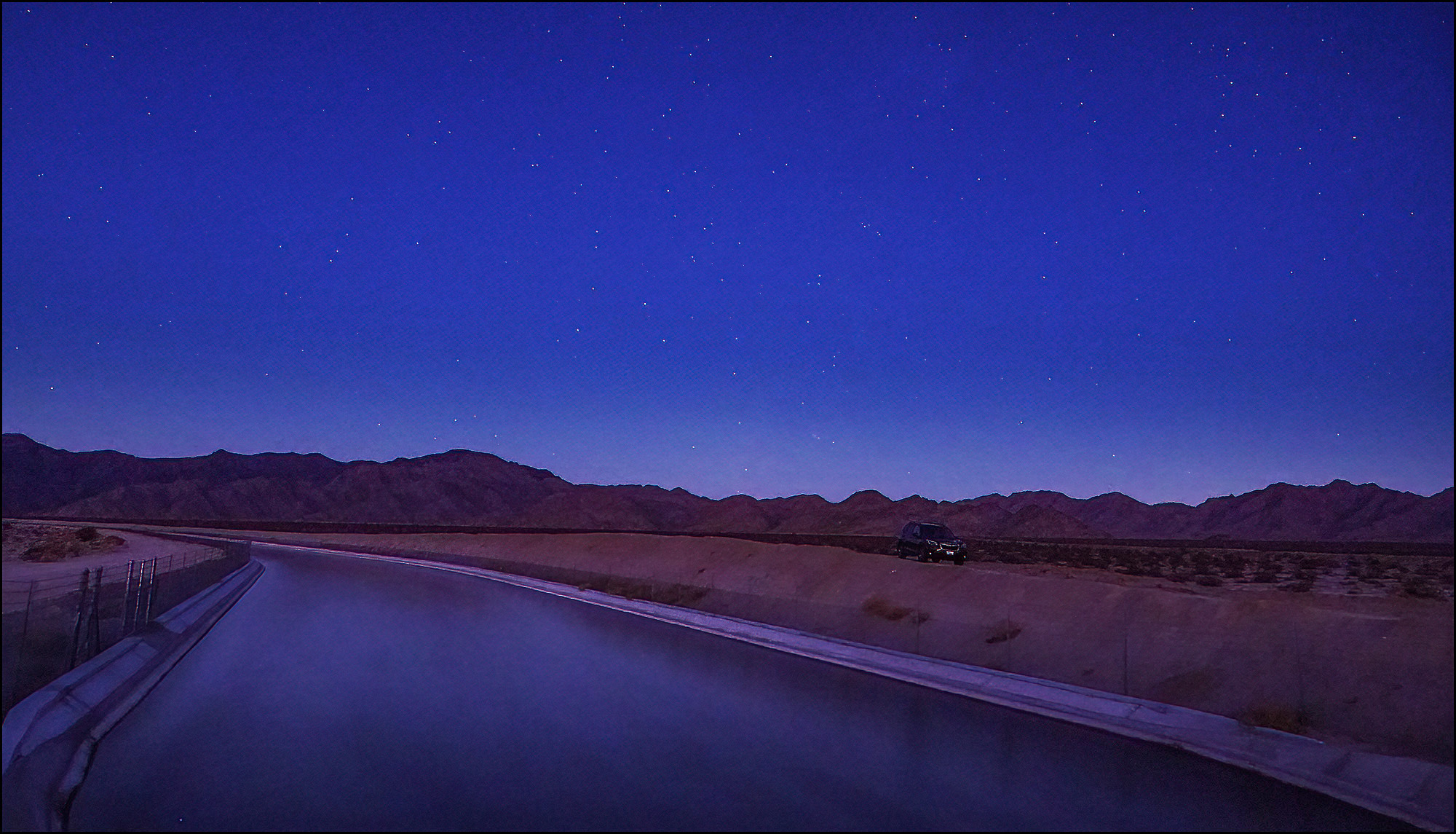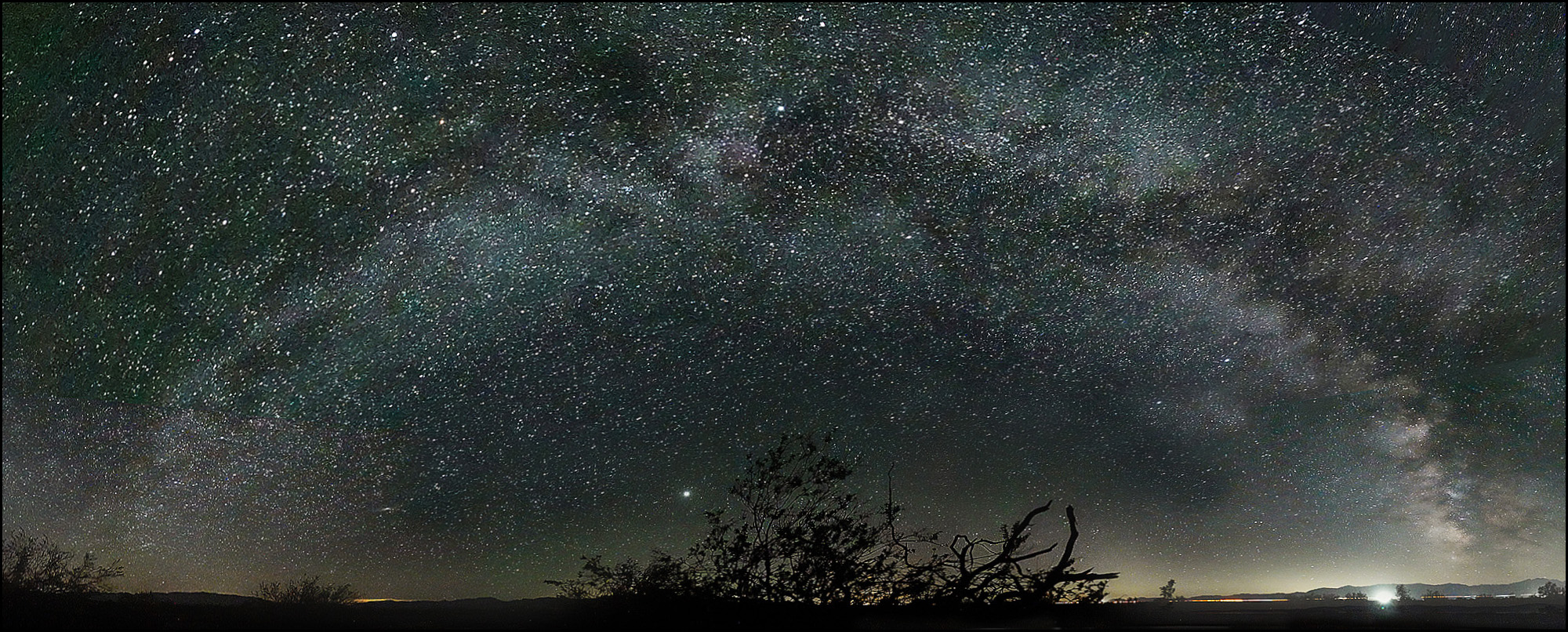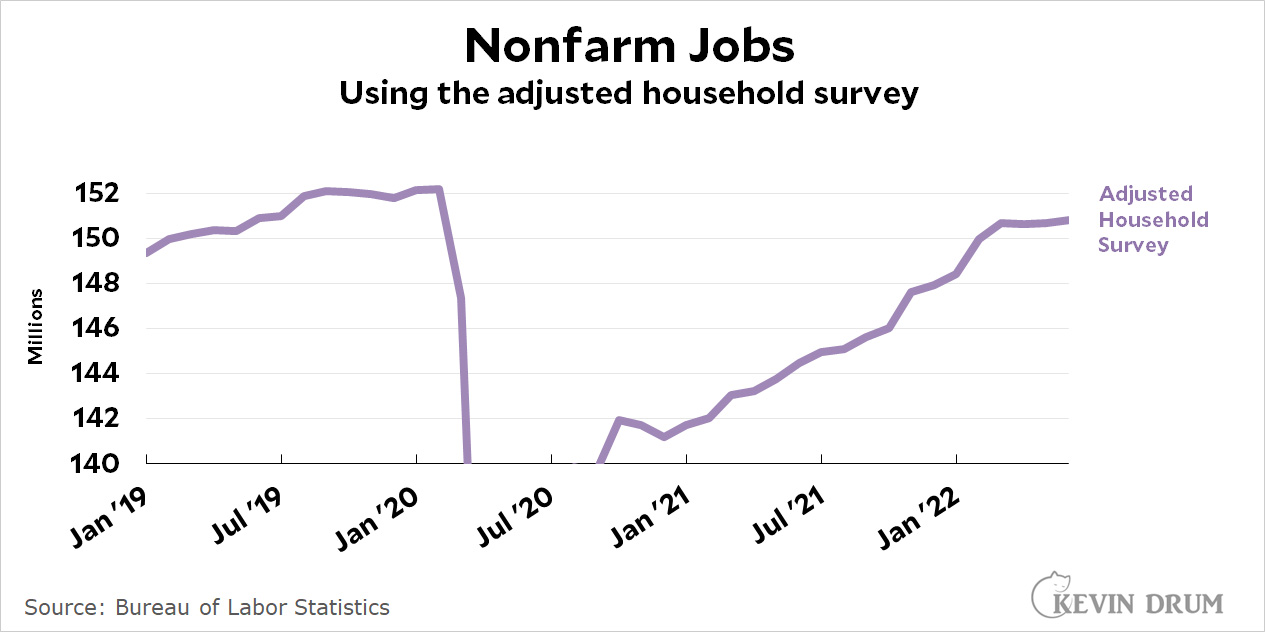This tweet piqued my interest:
What this reminds me of is the fact that LA/LB, which this specialist talks about as being partially automated, has been awarded in efficiency reports the title of the least efficient port in the worldhttps://t.co/AVsUdN8zPl
— David Dayen (@ddayen) July 12, 2022
This is true according to the World Bank, although 2021 was sort of a special year. But even in other years the Los Angeles/Long Beach complex has ranked pretty low, and US ports in general have usually brought up the bottom of the pack.
But why? David links to a great interview with Rebecca Schlarb, an automation coordinator who works at the fully automated Long Beach Container Terminal at the Port of Long Beach. Just generally, her main criticism is that the automation is unreliable, and when it fails it slows things down more than a similar failure does at a traditional terminal. But the terminal is still fairly newish and it's probably going through the usual shakedowns. Presumably it will get more reliable with time.
The LBCT definitely runs with less labor than traditional terminals, but when you add in the failure rate is it more efficient on net? Schlarb had this to say:
Nothing moves better than actual hands-on interaction. The only positive argument for automation is it saves labor costs for shipping companies and terminal operators to rake in billions of dollars in profit that does not stay here in the United States.
Hold on. If automation allows the owners to make billions of dollars in extra profits, then it must be pretty damn efficient, right? And there's some other evidence on that front:
- The World Bank report examines overall port operations, which are only about 15% automated at LA/LB. If the ports are ranked poorly, it's almost certainly the non-automated part that's responsible.
- Much of the port's lack of efficiency is likely because it doesn't operate 24/7. This is due to the port's union contract, which mandates that anything beyond two shifts requires premium pay. That's why there's no third shift.
- The LA Times reports that truck drivers hate traditional terminals for two reasons. First, they're mostly Hispanic and they claim that ILWU workers are rude to them. Second, they have to wait a lot longer at traditional terminals. The two automated terminals at LA/LB have the shortest cargo turn times at the ports, less than half those of traditional terminals.
- The Pacific Maritime Association, which represents carriers and owners, issued a report claiming that automation improves throughput and, because this means more business, actually increases ILWU employment. They have figures to back this up, but who knows?
- On the other hand, a McKinsey report from a few years back was bearish on automated ports:
Our survey indicates that operating expenses at automated ports do indeed fall, but only by 15 to 35 percent. Worse, productivity actually falls, by 7 to 15 percent. An executive of a global port operator told us, for example, that at fully automated terminals, the average number of gross moves per hour for quay cranes—a key indicator of productivity—is in the low 20s. At many conventional terminals, it is in the high 30s.
This isn't enough to justify the capital investment in automation. But there's always this:
In the long run, these investments will lead the way toward a new paradigm—call it Port 4.0—the shift from asset operator to service orchestrator, part of a larger transition to Industry 4.0.
I couldn't resist including this. Don't you love the smell of consultants in the morning?
Still, if everything McKinsey says is true, why are other terminals already in the process of automating? There must be something to it.





